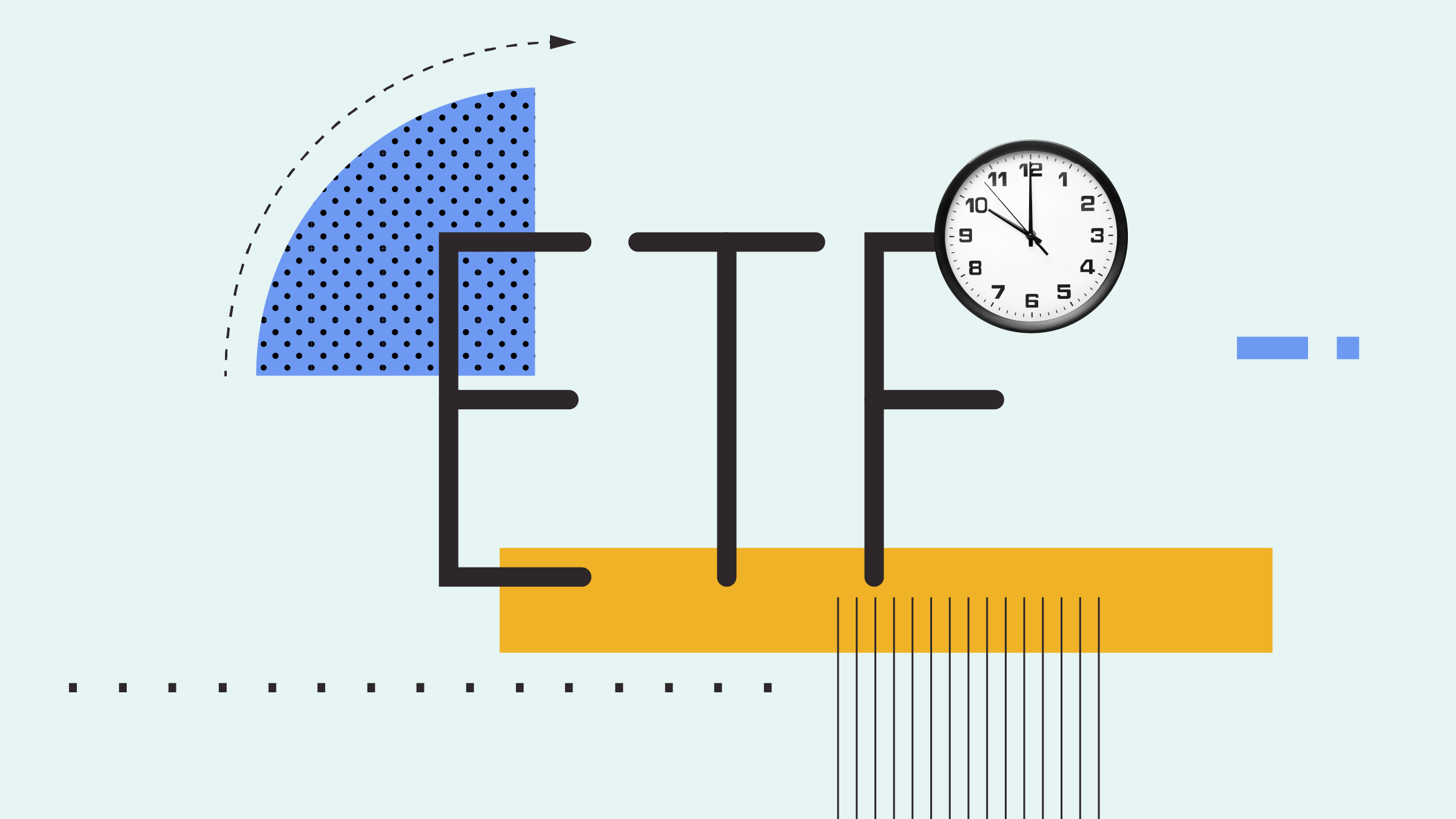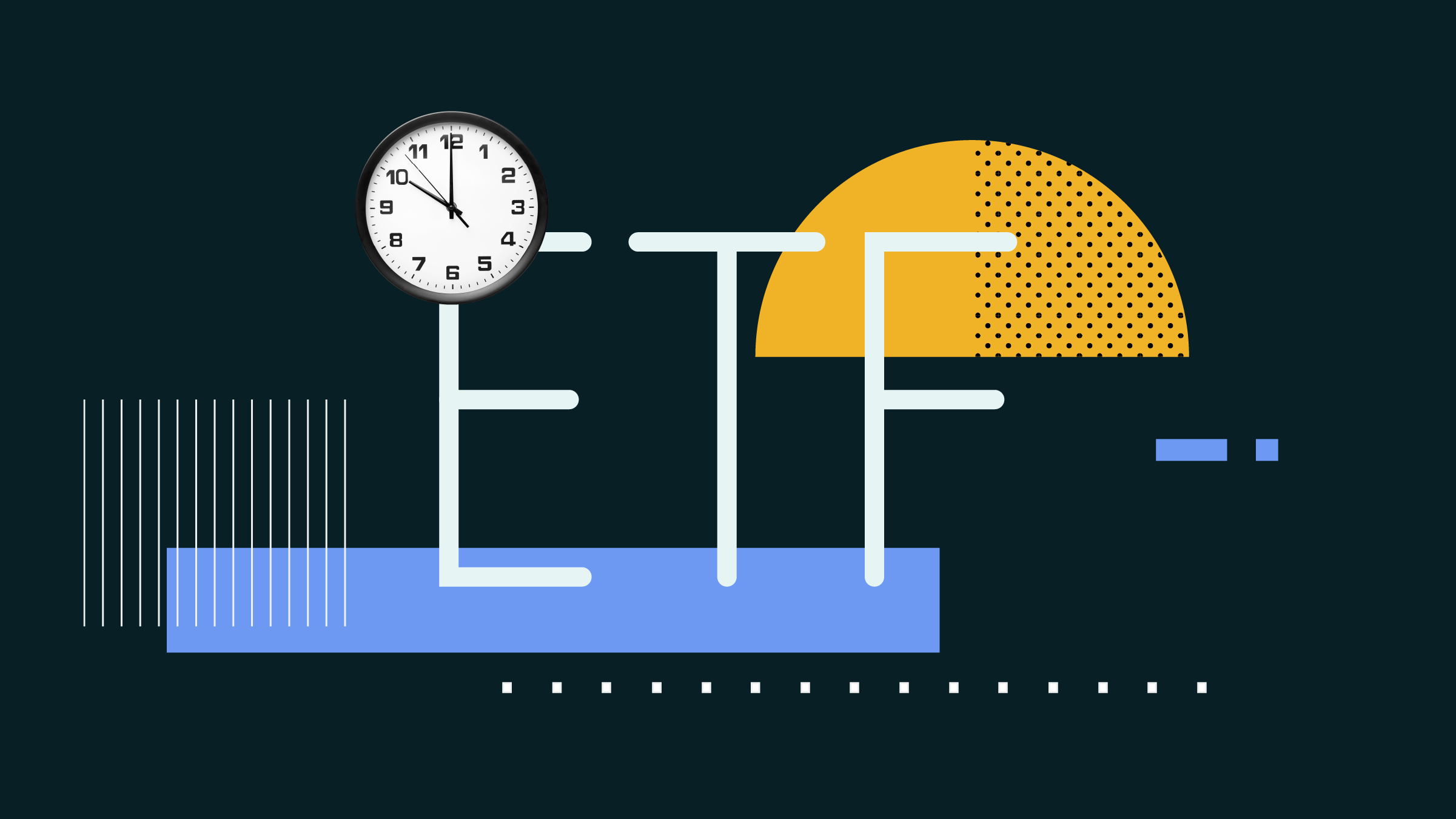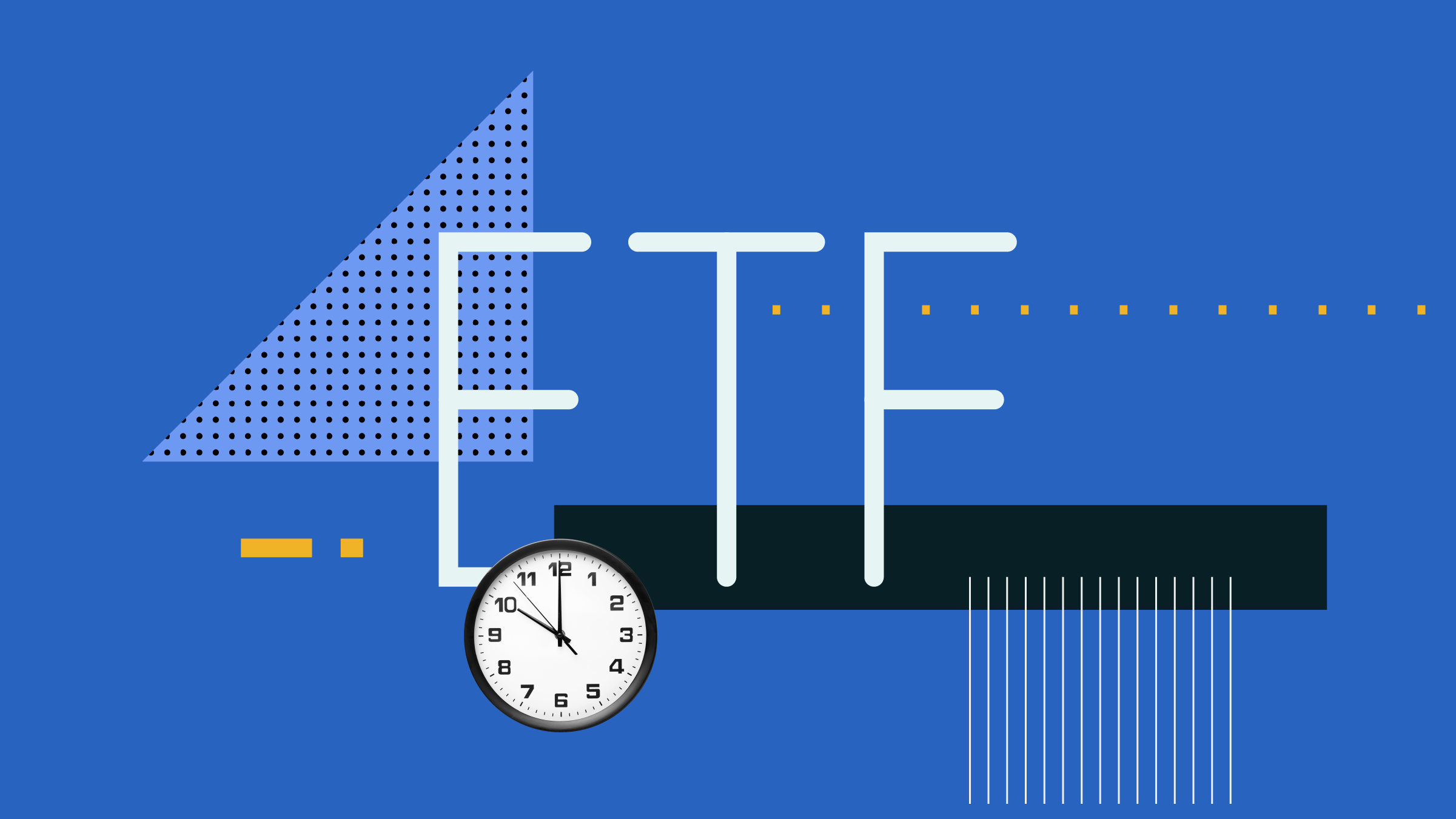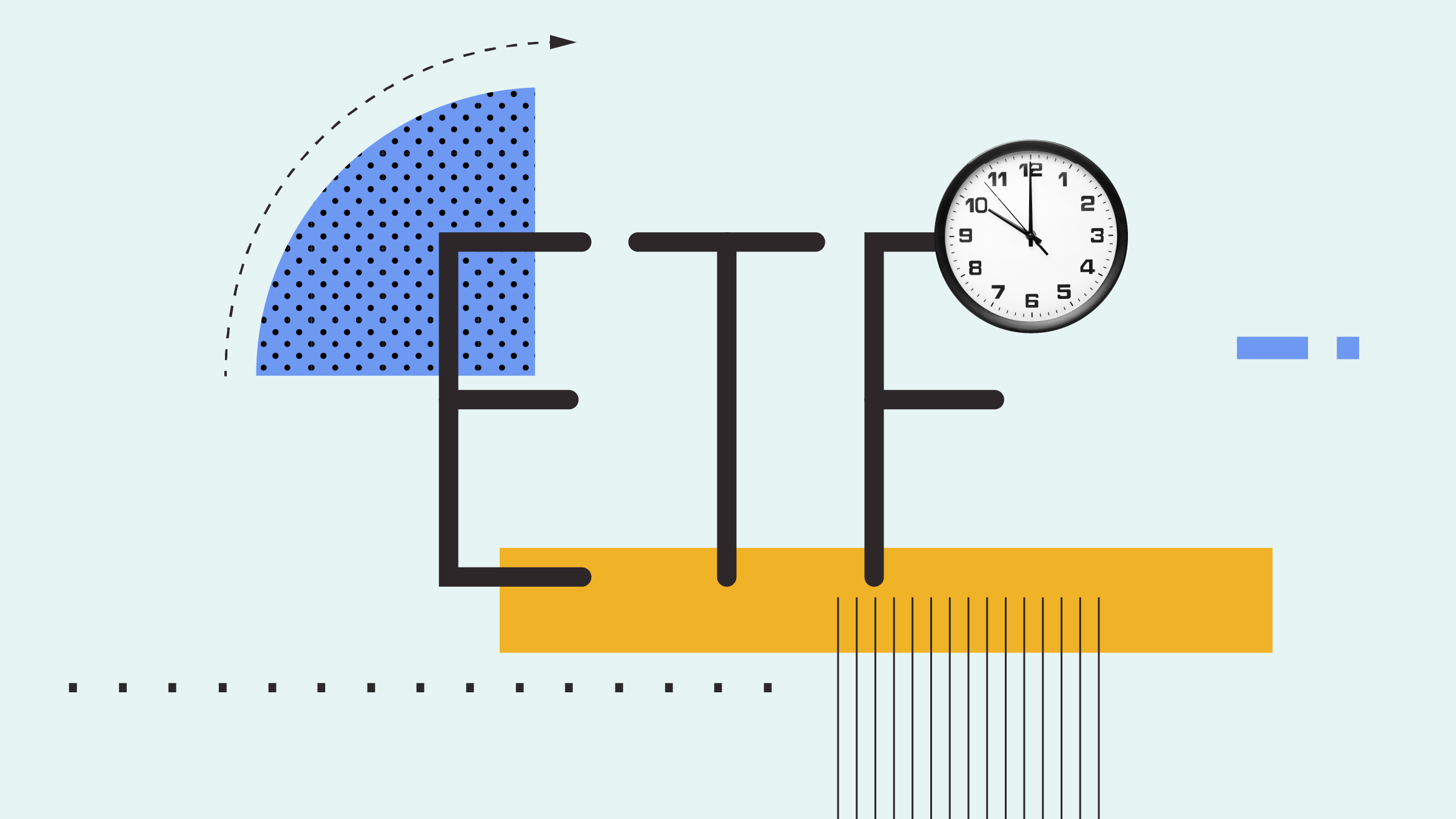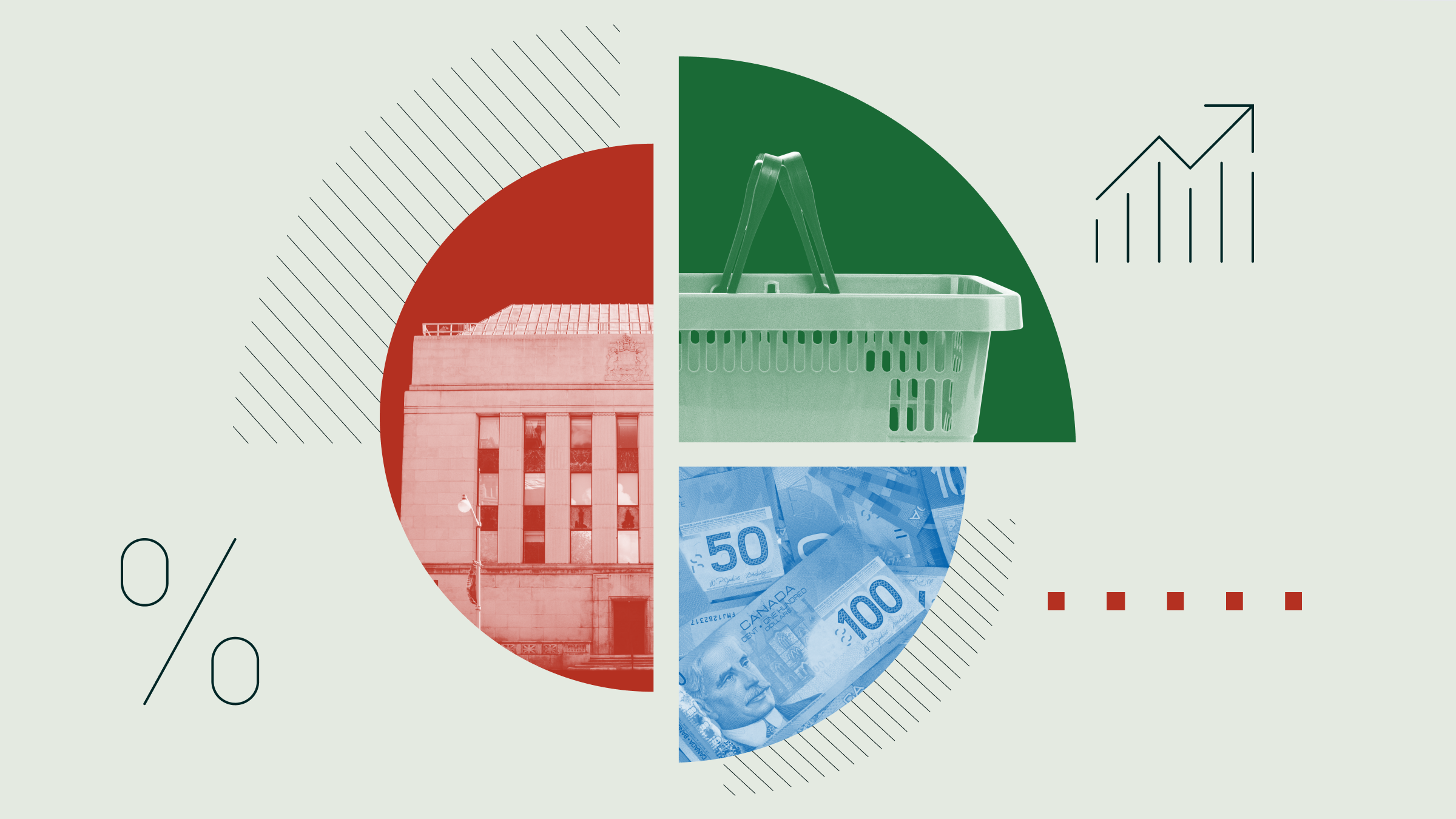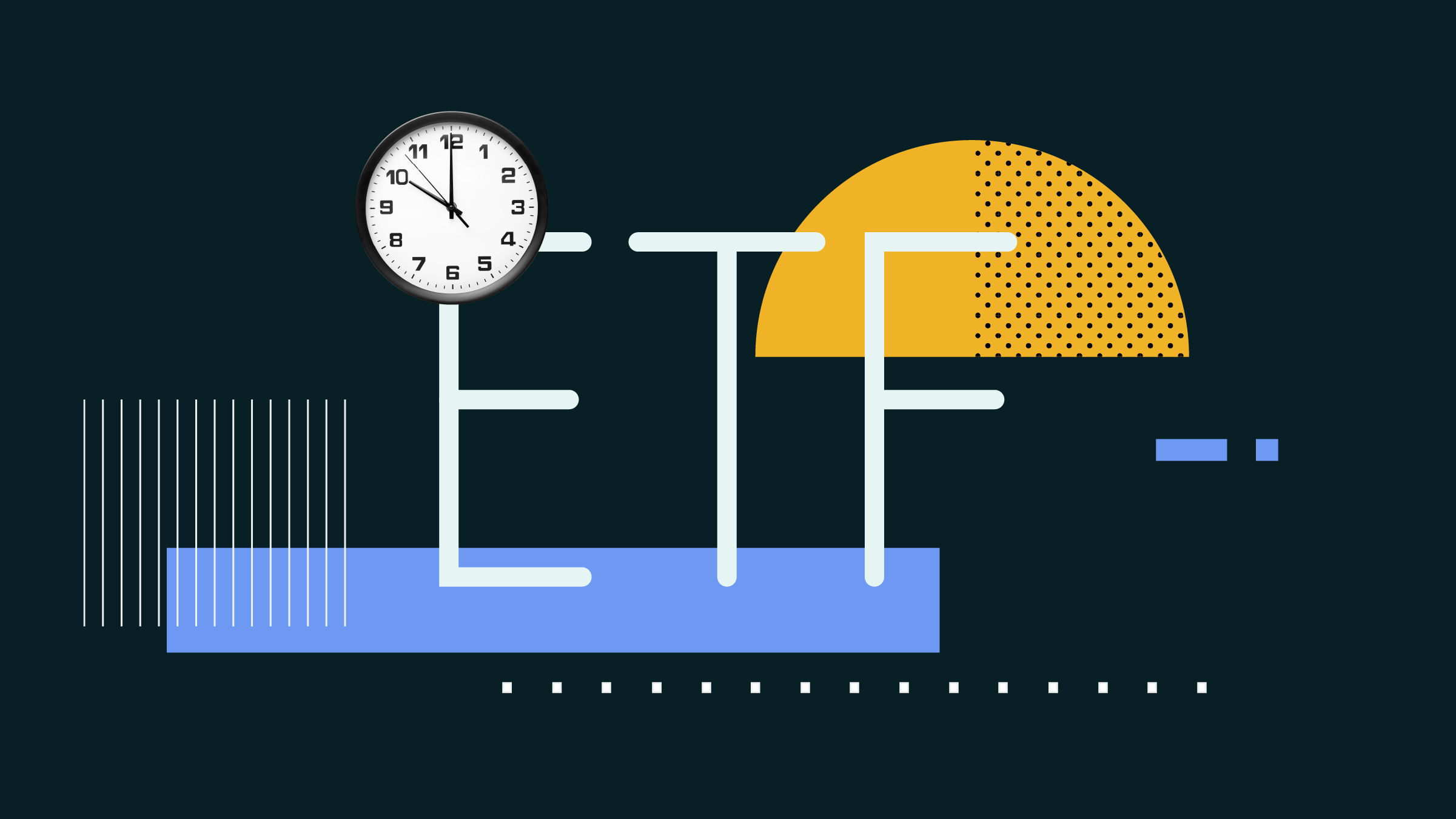
Exchange-traded funds are often low-cost instruments for investors to track popular indexes or leverage experienced manager choices in an attempt to beat the market. The best ones serve as building blocks for a portfolio, and unlike open-end mutual funds, all ETFs are traded throughout the day on an exchange.
In April 2025, the worst performers included Harvest Energy Leaders Plus Income ETF HPF and Global X S&P/TSX Capped Energy Corporate Class ETF HXE. Data in this article is sourced from Morningstar Direct.
To read about the best-performing ETFs, check out our other story.
Screening for the Worst-Performing ETFs
To find the month’s worst-performing ETFs, we screened equity, allocation, and fixed income funds that trade within Canada for those that have at least C$10 million in total assets. We narrowed the list to only ETFs with parent pillars for their Morningstar Medalist Ratings of average or above, meaning our analysts believe they’re backed by industry-standard asset management companies. We also excluded exchange traded notes, known as ETNs.
The 10 Worst-Performing ETFs for April 2025
- Harvest Energy Leaders Plus Income ETF HPF
- Global X S&P/TSX Capped Energy Corporate Class ETF HXE
- iShares S&P/TSX Capped Energy Index ETF XEG
- BMO Equal Weight Oil & Gas Index ETF ZEO
- iShares China Index ETF XCH
- Global X Canadian Oil and Gas Equity Covered Call ETF ENCC
- iShares US High Dividend Equity Index ETF XHU
- BMO MSCI China Selection Equity Index ETF ZCH
- BMO Covered Call US Banks ETF ZWK
- BMO S&P US Small Cap Index ETF ZSML
Worst-Performing Canadian ETFs
Source: Morningstar Direct. Data as of April 30, 2025.
Metrics for the Worst-Performing ETFs
Harvest Energy Leaders Plus Income ETF
- Morningstar Rating: 1 star
- Expense Ratio: 0.99%
- Morningstar Category: Energy Equity
The worst-performing ETF in April was the C$47 million Harvest Energy Leaders Plus Income ETF, which lost 13.06%. The actively managed Harvest Portfolios ETF underperformed the average 3.69% gain on funds in the energy equity category in April. Over the past 12 months, the Harvest Energy Leaders Plus Income ETF fell 14.24%, placing it in the 68th percentile within its category and underperforming the 5.67% return on the average fund.
The Harvest Energy Leaders Plus Income ETF, launched in October 2014, has a Morningstar Medalist Rating of Bronze.
Global X S&P/TSX Capped Energy Corporate Class ETF
- Morningstar Rating: 3 stars
- Expense Ratio: 0.27%
- Morningstar Category: Energy Equity
With a 13.04% loss, the C$72 million Global X S&P/TSX Capped Energy Corporate Class ETF was the second-worst-performing ETF on our list for April. The passively managed Global X ETF underperformed the average 3.69% gain on funds in the energy equity category. Over the past year, the Global X S&P/TSX Capped Energy Corporate Class ETF lost 15.53%, placing it in the 75th percentile within its category and underperforming the 5.67% return on the average fund.
The Neutral-rated Global X S&P/TSX Capped Energy Corporate Class ETF was launched in September 2013.
iShares S&P/TSX Capped Energy Index ETF
- Morningstar Rating: 2 stars
- Expense Ratio: 0.60%
- Morningstar Category: Energy Equity
The third-worst-performing ETF in April was the C$1.6 billion iShares S&P/TSX Capped Energy Index ETF, which fell 13.00%. The iShares ETF, which is passively managed, underperformed the average 3.69% gain on funds in the energy equity category. Over the past 12 months, the ETF fell 15.82% to place in the 80th percentile within its category, underperforming the category’s average return of 5.67%.
The iShares S&P/TSX Capped Energy Index ETF has a Morningstar Medalist Rating of Neutral. It launched in March 2001.
BMO Equal Weight Oil & Gas Index ETF
- Morningstar Rating: 3 stars
- Expense Ratio: 0.60%
- Morningstar Category: Energy Equity
The C$194 million BMO Equal Weight Oil & Gas Index ETF was the fourth-worst performing ETF in April, with a loss of 9.78%. The passively managed BMO ETF performed worse than the average 3.69% gain on funds in the energy equity category. Over the past year, the ETF gained 0.19% to land in the 12th percentile within its category, underperforming the category’s average one-year return of 5.67%.
The Neutral-rated BMO Equal Weight Oil & Gas Index ETF launched in October 2009.
iShares China Index ETF
- Morningstar Rating: 2 stars
- Expense Ratio: 0.86%
- Morningstar Category: Greater China Equity
Fifth-worst was the C$164 million iShares China Index ETF, which lost 9.34% in April. The passively managed iShares ETF fell short of the average 0.44% return on funds in the Greater China equity category. Over the past 12 months, the iShares China Index ETF rose 35.44%, finishing in the 1st percentile within its category. It outperformed the category’s average return of 32.30%.
The iShares China Index ETF has a Morningstar Medalist Rating of Neutral. It launched in January 2010.
Global X Canadian Oil and Gas Equity Covered Call ETF
- Morningstar Rating: 3 stars
- Expense Ratio: 0.76%
- Morningstar Category: Energy Equity
The sixth-worst-performing ETF in April was the C$468 million Global X Canadian Oil and Gas Equity Covered Call ETF, which lost 8.76%. The passively managed Global X ETF underperformed the average 3.69% gain on funds in the energy equity category. Over the past year, the Global X Canadian Oil and Gas Equity Covered Call ETF fell 0.55%, placing it in the 20th percentile within its category and underperforming the 5.67% return on the average fund.
The Global X Canadian Oil and Gas Equity Covered Call ETF has a Negative Morningstar Medalist Rating, meaning that our analysts expect it to be one of the worst performers within its category and think it is unlikely to deliver positive returns after fees.
iShares US High Dividend Equity Index ETF
- Morningstar Rating: 3 stars
- Expense Ratio: 0.34%
- Morningstar Category: US Dividend & Income Equity
With an 8.71% loss, the C$200 million iShares US High Dividend Equity Index ETF was the seventh-worst performing ETF on our list for April. The passively managed iShares ETF fell further than the average 3.57% loss on funds in the us dividend & income equity category. Over the past 12 months, the iShares US High Dividend Equity Index ETF gained 10.46%, placing it in the 32nd percentile within its category and underperforming the 12.00% return on the average fund.
The iShares US High Dividend Equity Index ETF, launched in February 2015, has a Morningstar Medalist Rating of Silver.
BMO MSCI China Selection Equity Index ETF
- Morningstar Rating: 1 star
- Expense Ratio: 0.67% •
- Morningstar Category: Greater China Equity
The eighth-worst-performing ETF in April was the C$101 million BMO MSCI China Selection Equity Index ETF, which fell 8.55%. The BMO ETF, which is passively managed, underperformed the average 0.44% gain on funds in the Greater China equity category. Over the past year, the ETF rose 33.21% to place in the 12th percentile within its category, roughly in line with the average one-year return of 32.30%.
The BMO MSCI China Selection Equity Index ETF, launched in January 2010, has a Morningstar Medalist Rating of Bronze.
BMO Covered Call US Banks ETF
- Morningstar Rating: 1 star
- Expense Ratio: 0.71%
- Morningstar Category: Financial Services Equity
The C$313 million BMO Covered Call US Banks ETF was the ninth-worst-performing ETF in April, with a decline of 8.51%. The actively managed BMO ETF performed worse than the average 4.12% loss on funds in the financial services equity category. Over the past 12 months, the ETF gained 9.90% to land in the 96th percentile, underperforming the category’s average return of 17.45%.
The BMO Covered Call US Banks ETF has a Morningstar Medalist Rating of Neutral. It launched in February 2019.
BMO S&P US Small Cap Index ETF
- Morningstar Rating: 4 stars
- Expense Ratio: 0.22%
- Morningstar Category: US Small/Mid Cap Equity
Tenth-worst was the C$249 million BMO S&P US Small Cap Index ETF, which lost 8.21% in April. The passively managed BMO ETF fell further than the average 5.89% loss on funds in the US small-cap/mid cap equity category for the month. Over the past year, the BMO S&P US Small Cap Index ETF fell 2.23%, finishing the 12-month period in the 67th percentile within the US small-cap/mid cap equity category. It fell further than the category’s average one-year loss of 0.80%.
The Bronze-rated BMO S&P US Small Cap Index ETF launched in January 2020.
What Are ETFs?
Exchange-traded funds are investments that trade throughout the day on stock exchanges, much like individual stocks. They differ from traditional mutual funds – known as open-end funds – which can only be bought or sold at a single price each day. Historically, ETFs have tracked indexes, but in recent years, more ETFs have been actively managed. ETFs cover a range of asset classes, including stocks, bonds, commodities, and most recently cryptocurrency.
ETFs: More Ideas to Consider
Investors who would like to find more ETF investment ideas can do the following:
- Use the ETF Screener tool to find the best ETFs according to your specific criteria. You can search for funds based on their fees, Morningstar Medalist Ratings, manager tenures, and more.
- Find ideas specific to your needs, or learn more about ETFs, on our ETF Insights page.
- Compare funds and ETFs side by side and easily follow their valuations, ratings, and fees.
This article was compiled by Bella Albrecht, edited by Lauren Solberg, and reviewed by Tom Lauricella.
The author or authors do not own shares in any securities mentioned in this article. Find out about Morningstar's editorial policies.
Correction: (April 9, 2025): A previous version of this article misstated the expense ratio for Franklin Innovation Fund. It is 0.90%, not zero percent.





